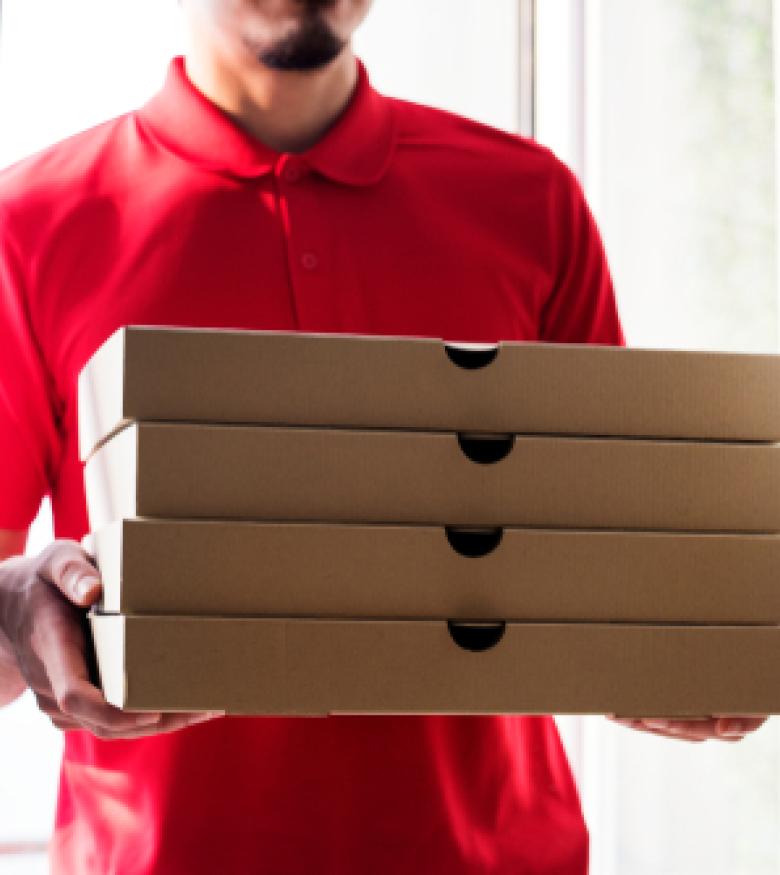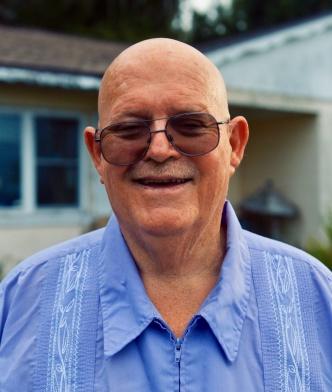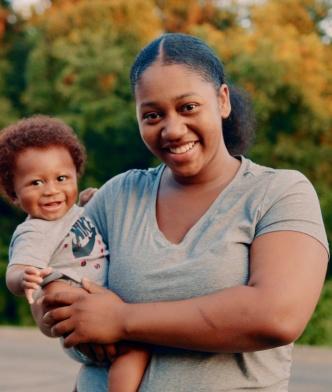How Pizza Delivery Drivers Miss Out on Wages
- The Fee Is Free Unless You Win®.
- America's Largest Injury Law Firm™
- Protecting Families Since 1988
- 20 Billion+ Won
- 1,000+ Lawyers Nationwide
Free Case Evaluation

Pizza Delivery Drivers
Every town has at least one pizza place, which means they all have delivery drivers. When you deliver pizzas for work, there are plenty of benefits — free pies! friendly co-workers! — but there are plenty of drawbacks, too, from unkind customers to long hours.
Then, of course, there’s the biggest negatives: unpaid wages and low expense reimbursements.
In many industries, unpaid wages mean unpaid overtime or paychecks that bounce after receipt. However, pizza delivery drivers who work for chains like Pizza Hut, Domino’s, or Papa John's — or even small, local spots — can be affected by wage theft in a multitude of ways.
How it works
It's easy to get started.
The Fee Is Free™. Only pay if we win.
Results may vary depending on your particular facts and legal circumstances.
Step 1
Submit
your claimWith a free case evaluation, submitting your case is easy with Morgan & Morgan.
Step 2
We take
actionOur dedicated team gets to work investigating your claim.
Step 3
We fight
for youIf we take on the case, our team fights to get you the results you deserve.
FAQ
Get answers to commonly asked questions about our legal services and learn how we may assist you with your case.
Where Wage Theft Happens
There are a number of problem areas pizza delivery drivers need to keep in mind to ensure they’re not experiencing wage theft, including:
- Low mileage reimbursement for driving their vehicle
- Minimum wage pay
- Working multiple positions in one shift
- Working “off the clock”
While the average pizza delivery driver is impacted by one, if not many, of the above areas, that doesn’t mean they’re experiencing wage theft. But instead of assuming they’re not, it’s important to keep a close eye on employers.
What to Look Out for
There are laws that govern how much reimbursement drivers should receive from their employer when using a personal car to make deliveries. Specifically, there are certain expenses the employer should cover when it comes to vehicle upkeep, maintenance, and repair — basically, wear and tear.
Employers also need to compensate for mileage — currently, the IRS requires that you must receive at least 58 cents per mile. Tips don’t go toward covering fuel. If you are receiving a reimbursement rate that is only paying you 25-40 cents per mile on average, you may have a claim for additional compensation due to this low reimbursement.
With that in mind, tips matter to the equation. Tipped employees’ minimum wage is $2.13 hourly (and could be higher depending on the state), but the tips workers make should compensate for that wage. With tips, delivery drivers should make the minimum wage of $7.25 per hour federally or more if they’re in a higher-wage area. Plus, tips should belong only to the delivery driver — deliverers should not have to share their tips with other workers, especially those who work in the restaurant on untipped wages.
Lastly, it’s important for workers to track what positions they’re working at what times. If a delivery driver works a shift as a pizza maker, they should be paid a kitchen employee’s wage for that shift, not a deliverer’s wage rate (especially as tips are not a factor for a pizza maker).
Does This Sound Familiar?
If any of this applies to you — or you think it may — it’s important to get paid what you deserve. Often pizza franchises are found in violation of wage laws, and you may be surprised to hear that your situation is not unique. Reach out to one of our attorneys for a free, confidential case evaluation to find out whether your rights are being violated. We may be able to recover the wages you earned but did not receive.
What Are the Goals of MDL?
More than 50 years ago, the United States Congress created the multidistrict litigation process to consolidate complex federal lawsuits litigated in several districts into one civil lawsuit processed under the oversight of one judge in one federal judicial district. The primary goal of MDL is to process many similar cases into one case to enhance the efficiency of the judicial system. By consolidating several similar civil cases, the parties involved in the litigation process save both time and money.
Consolidating similar civil cases also dramatically reduces the number of cases processed through the judicial system. This speeds up the judicial process for the remaining civil lawsuits scheduled for litigation on the federal court system docket. Going through the MDL judicial process also allows one judge to recommend to all parties involved to consider negotiating a settlement instead of taking a case to trial.
What Types of Cases Go Through the MDL Process?
Multidistrict litigation is especially helpful for resolving large civil cases that involve complicated legal issues. The most publicized use of the MDL process concerns cases that link a company with a product that causes the development of cancer symptoms in users of the product. For example, the Bayer Roundup class action lawsuit found its way to multidistrict litigation to address the highly complex healthcare issues that arose from describing the negative impact of cancer symptoms.
Another type of case that goes through the MDL process concerns dangerous prescription drugs that produce unhealthy even fatal side effects. The healthcare industry also gets involved in MDL with civil lawsuits that allege certain medical devices have caused consumers harm. Other common types of cases that reach multidistrict litigation include airplane crashes, securities fraud, and intellectual property infringement.
How Does the Multidistrict Litigation Process Work?
The United States Panel on Multidistrict Litigation determines whether multiple similar civil lawsuits should consolidate into a multidistrict litigation proceeding. According to federal law, the Chief Justice of the Supreme Court appoints a panel of seven members. The seven-member panel then meets to decide whether civil cases under judicial review should transfer to one federal district court.
During a case sent to MDL, a judge presides over the case in the same manner as civil court judges preside over individual civil lawsuits. The judge rules on pretrial motions, discovery proceedings, and settlement negotiations. MDL judges have the legal power to dismiss plaintiffs, as well as end class action lawsuits for a wide variety of reasons, including lack of sufficient evidence. An MDL judge also can remove plaintiffs that are part of a class action lawsuit because their cases are better handled through the filing of individual civil lawsuits that seek monetary damages.
What Is the Discovery Phase of MDL?
The discovery phase of multidistrict litigation unfolds in the same way the discovery phase unfolds during an individual civil lawsuit. Both parties meet to share physical evidence, as well as the statements made by witnesses. For a case that involves healthcare issues, discovery allows both sides to hear the testimony of medical experts. After sharing information, both parties decide whether to continue with a civil trial or attempt to negotiate a settlement that is favorable to the plaintiffs and the defendant. Discovery is monitored by a multidistrict litigation judge to encourage both parties to negotiate a settlement that prevents a case from going through the costly and time-consuming trial phase of the litigation process.
What is multidistrict litigation (MDL)? Learn more about multidistrict litigation and its impact on a class action lawsuit by scheduling a free case evaluation with one of the experienced attorneys at Morgan and Morgan.






